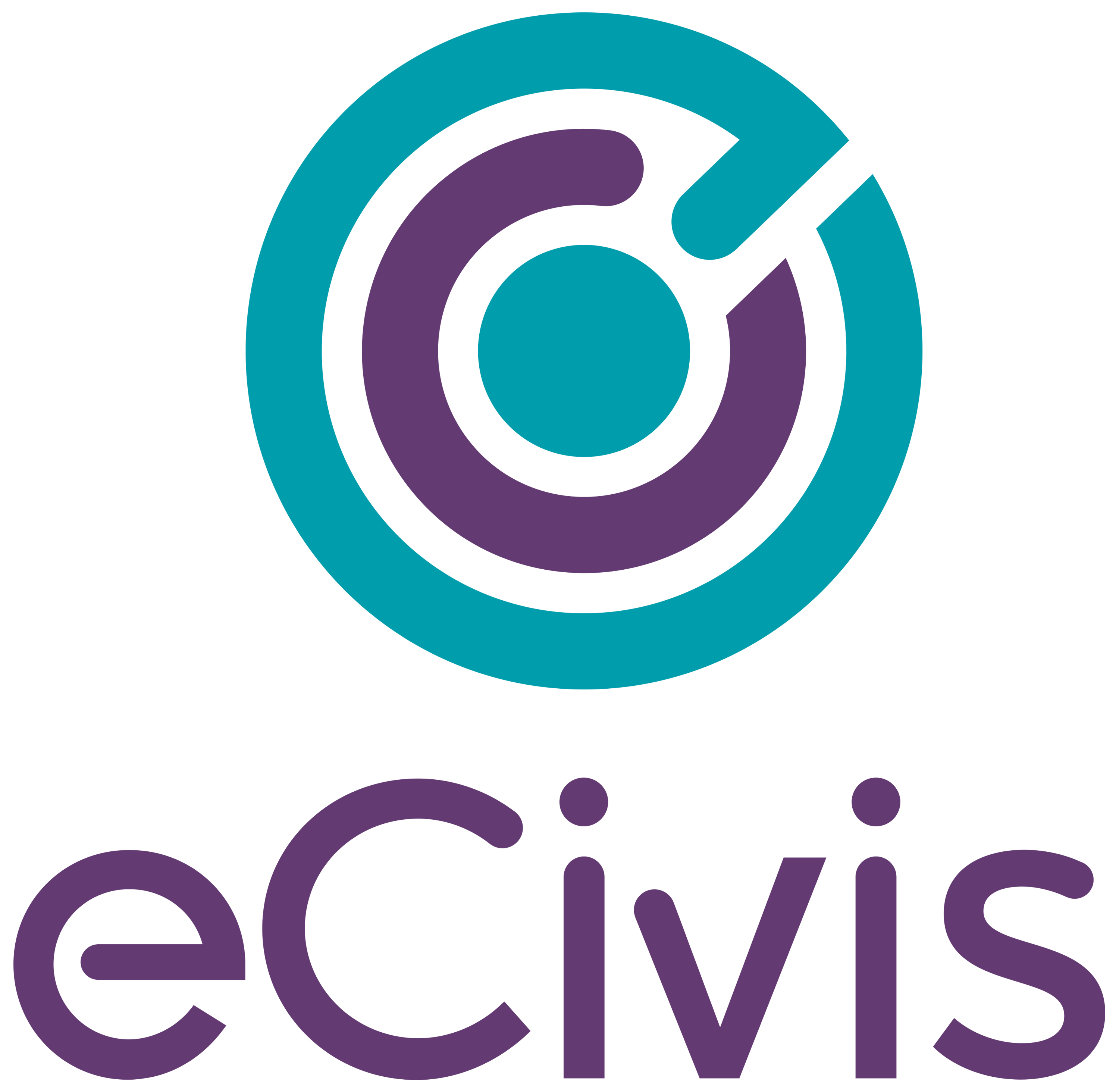Buried under stacks of stipulations, the treasure trove of government grants remains out of reach to many. State and local governments are in dire need of additional funds but often can’t afford the full-time staff needed to spend days searching out grants and ticking off compliance requirements when front-facing projects need managing.
The complicated grants lifecycle ensures transparency and tax stewardship, but as a result, the costs and time required often rule out many governments from the process. The treasure hunt favors those with the resources and vision to pursue and complete grants programs.
But lifecycle grants management can even the playing field. Smaller departments and staffs that have often struggled to pursue grants can suddenly unlock the opportunity when they receive tailored opportunities, automate compliance requirements and gain visibility into hidden costs.
“When the grants management process is automated, you can put all of these measures in place that eliminate the concerns around compliance,” said Merril Oliver, Chief Operations Officer for eCivis. As a full lifecycle grants management solutions provider, eCivis offers tools throughout the grants lifecycle to automate the process – starting with finding opportunities and then processing compliance requirements and indirect costs.
GovLoop recently interviewed eCivis Chief Operations Officer Merril Oliver and eCivis CEO James Ha about how automation can deliver benefits both to communities applying for grants and to the offices managing that process.
Specifically, they highlighted automation’s impact on three aspects of the process:
1. Helping Communities Identify Grant Opportunities
In the pre-award phase of grants management, governments traditionally have to find their own opportunities on grants.gov. While a boatload of opportunities is available, it can be hard to see which ones are the right fit – especially when the fine print requires certain support outside of an agency’s reach. Oliver, a former public sector grants manager, said it could take up to two hours to read over a single grant.
2. Accounting for Indirect Costs
One of the most common grant pitfalls is that indirect costs can render a program ineffective or inefficient for local governments. For example, if a local government receives funds to repave a downtown street, it may not immediately consider the built-in requirement that it has to provide repairs every six months.
The federal government has a program to help local governments recapture these sorts of indirect costs, but local governments need to track them to be eligible. The eCivis system helps them do just that, by pointing out key terms and conditions of grants programs and reporting the costs through automation.
“We are able to help government not just access the grant programs but create a path toward sustainability through fully maximizing their grant dollars and claiming those indirect costs,” Oliver said.
3. Ensuring Compliance
For grants managers, the largest burden is often tracking the nitty-gritty of a program – compiling every single cost and performance metric to submit in reports in preparation for closeout. But this can all be automated.
“Technology is just an opportunity to standardize and streamline that process,” Ha said.
When automation aggregates and reports all the necessary information — syncing with financial systems and sending it to the awarding agency — local governments get to focus more on the most important part. Whether they’re doing bridge repairs or revamping reduced lunch programs, grants managers can actually work with citizens and contractors to lead their programs to success. The compliance gets left to the computers.
This blog post is an excerpt from our recent pocket guide, Making the Most of Grants in State and Local Government, download the full guide here to learn how to can fully capitalize on grant programs.
Photo by Vladimir Solomyani on Unsplash






Leave a Reply
You must be logged in to post a comment.